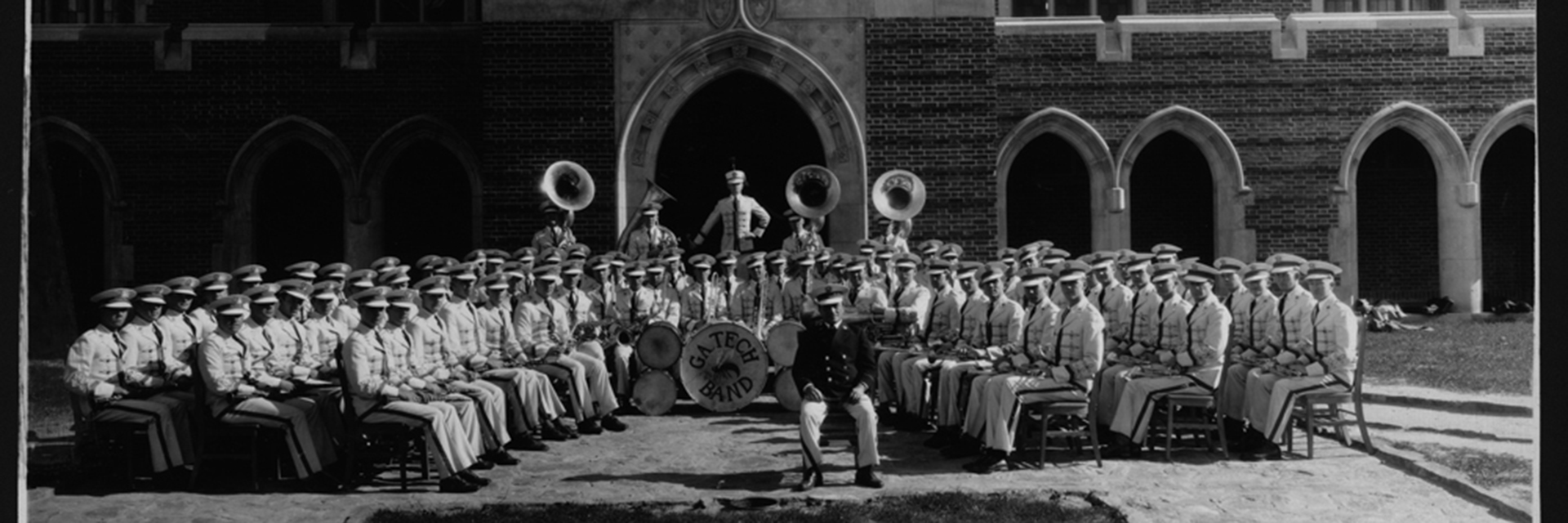
Marching Band History: Eleven Decades and Counting
Marching Band History: Eleven Decades and Counting
What started as a group of passionate students has turned into an institution within Georgia Tech. Read on to learn more about the history of the Marching Band, as defined by the eras of the people who have led it.
Becoming a Band: 1908-1914
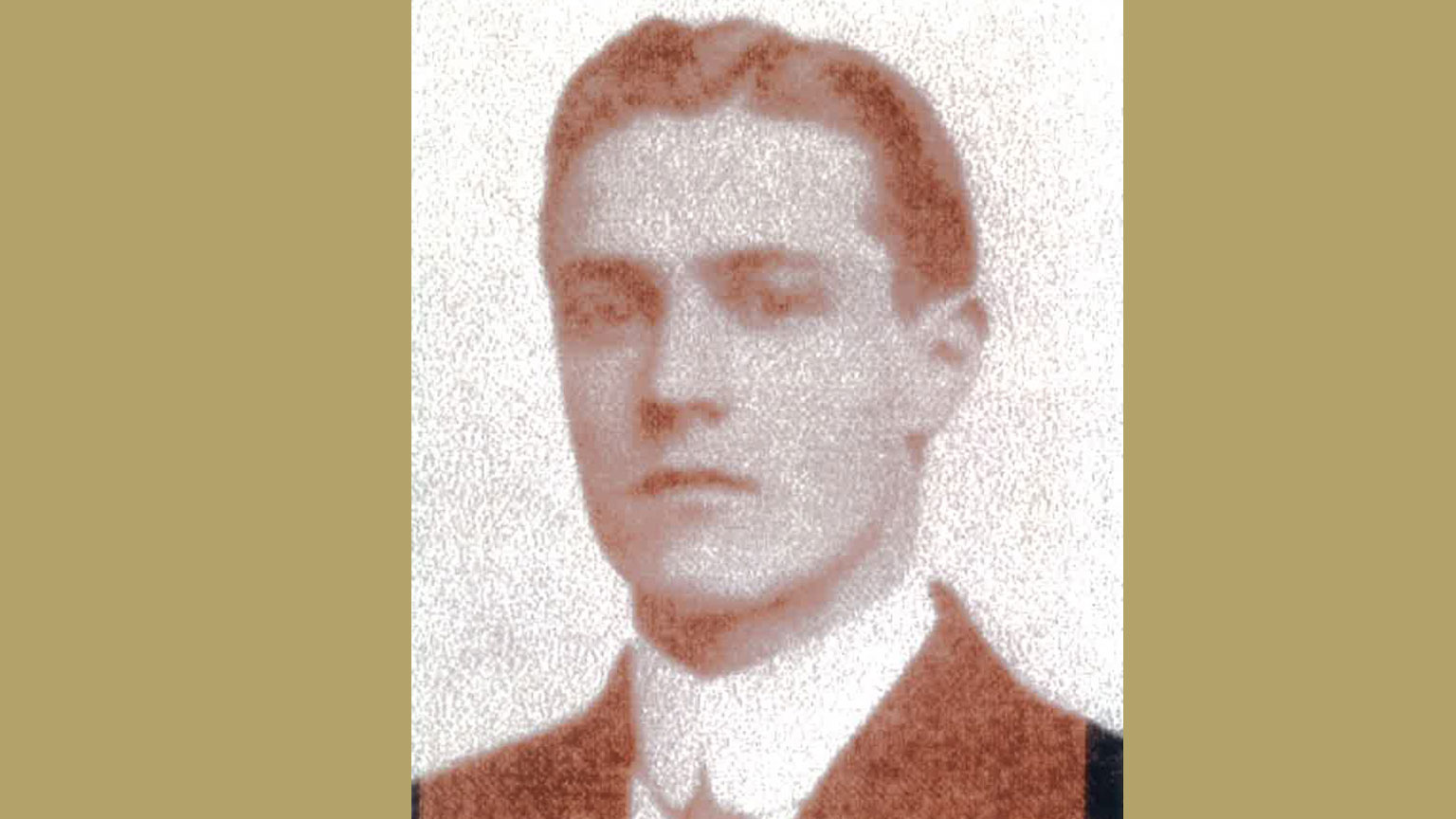
In 1908, the Georgia Tech Band program was formed by 14 students and led by Robert “Biddy” Bidez, a textile major from Mobile, Alabama. The band found its first official bandleader in M.A. “Mike” Greenblatt, who took over the band for two years and in his time as director wrote the first arrangement and score of Georgia Tech’s most famous fight song, Ramblin’ Wreck. The lyrics were then added by Billy Walthall, a member of the first graduating class at Tech.

Frank “Wop” Roman, 1914-1928
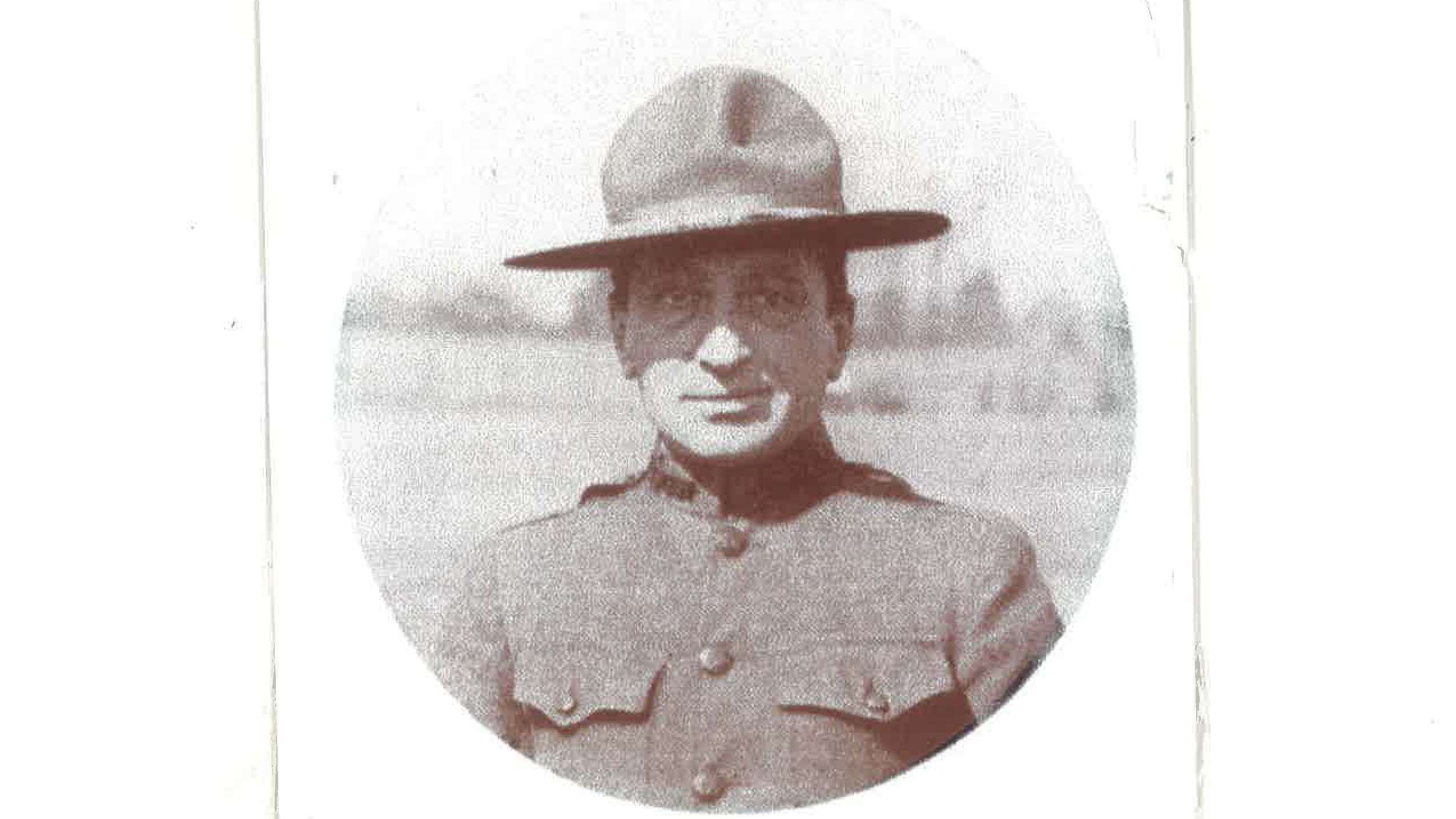
Frank “Wop” Roman was the next to oversee the band program in 1914 and stayed until his death in 1928. Under Roman’s tenure as director, the Georgia Tech Band Club was formed, and the Iota chapter of Kappa Kappa Psi, national honorary band fraternity, was founded. Roman is credited with having arranged and copyrighted “Ramblin’ Wreck” and “Up with the White and Gold”, both of which are still performed today. Roman also composed Georgia Tech’s Alma Mater. Roman’s Tech Band became the first band to broadcast live dance music over the radio, playing a dance concert on campus that was transmitted via wireless radio to the Georgia Terrace Hotel in Atlanta.
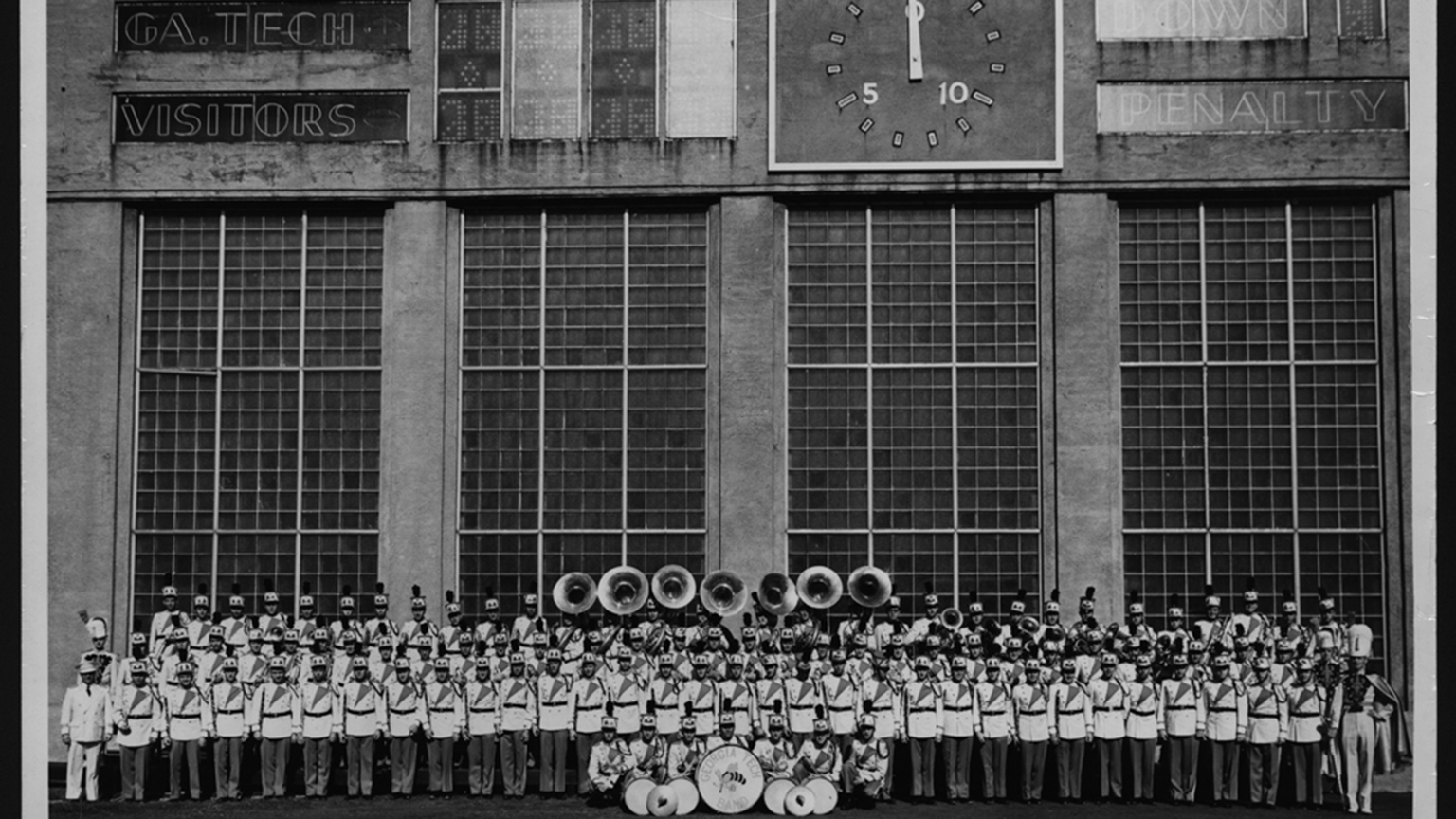
Major A.J. Garing, 1929-1946
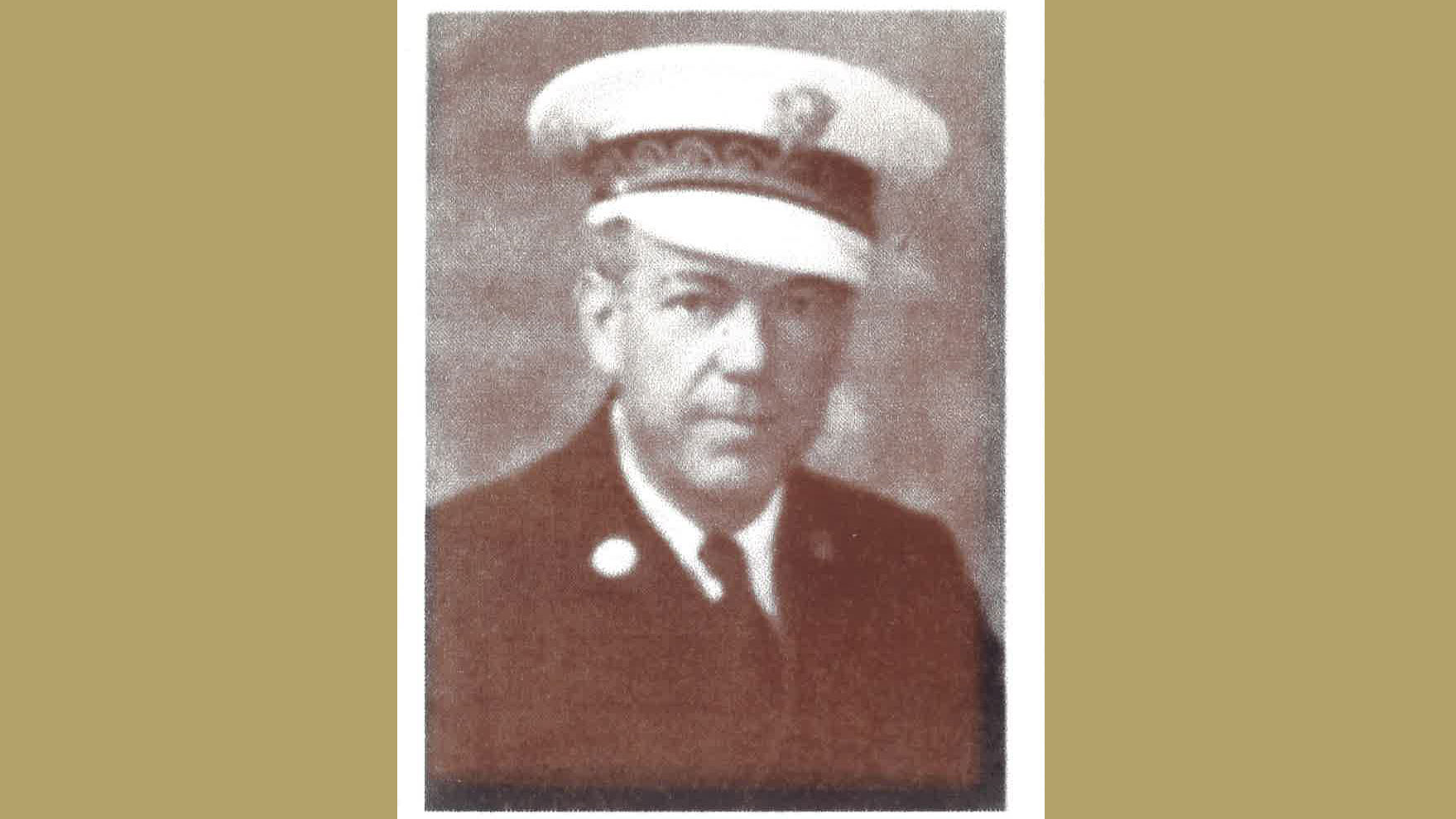
Major Atha J. Garing was hired as director of the Georgia Tech Band in 1929. He brought with him 16 years of experience as a euphonium player in John Philip Sousa’s band. During a tour with the Sousa Band, he visited the city of Atlanta for a performance and vowed that he would one day return to Atlanta. Indeed, he did return and developed the Tech Band through his impeccable direction and passion for music.
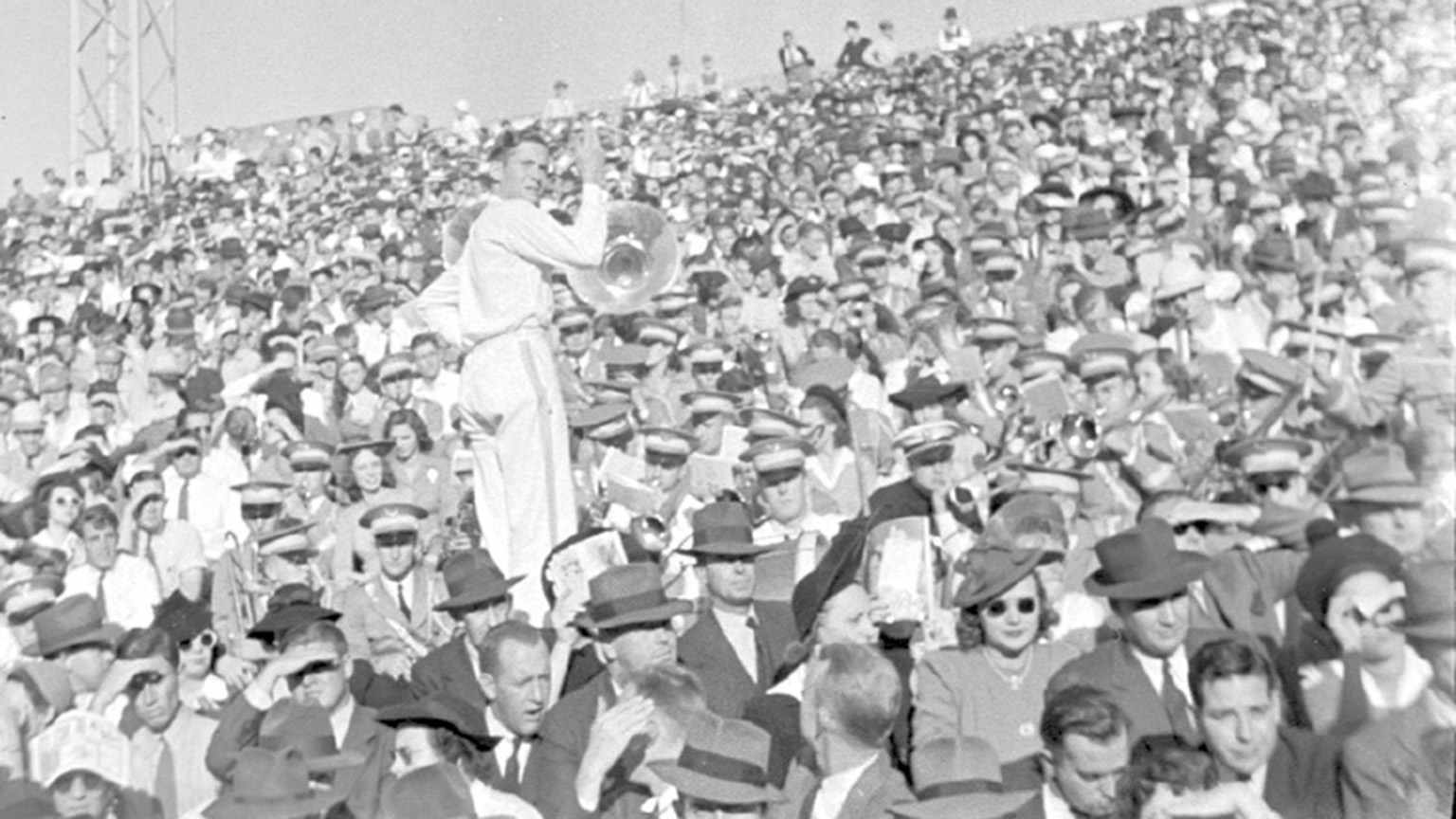
During Garing’s tenure, students played throughout Atlanta in the dance orchestra, known as “The Ramblers,” with notable performances at the Grand Ballroom of the Biltmore Hotel and the Egyptian Room at the Fox Theater. “The Ramblers” also performed on board an ocean liner for a voyage across the Atlantic.
Ben Logan Sisk, 1946-1975
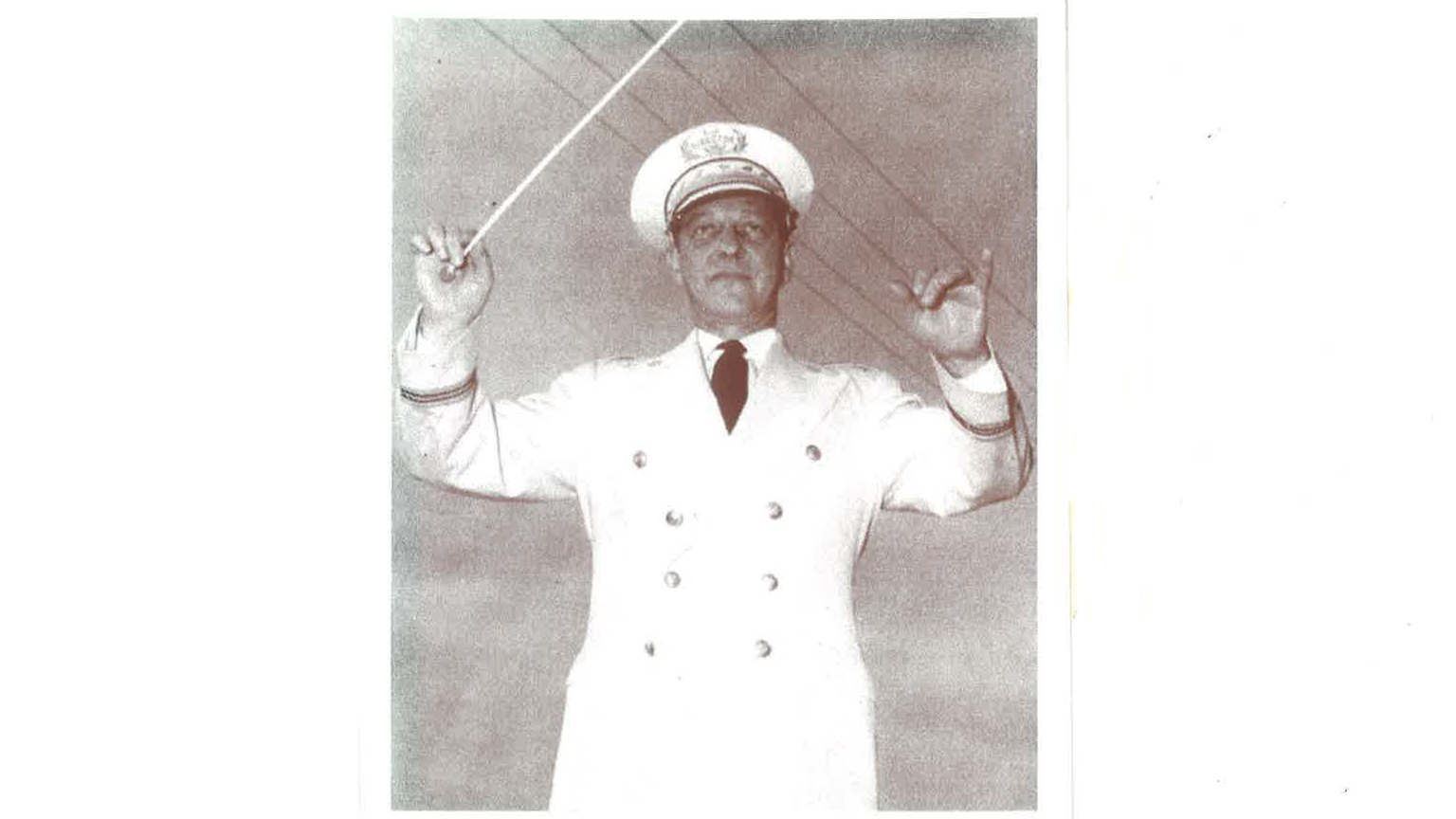
Ben Logan Sisk was hired as director of the Tech Band in 1946 upon the retirement of Major Garing. Georgia Tech first admitted women in 1952, and in 1954 Teresa Thomas and Paula Stevenson became the first women to join the Georgia Tech Band. They were two of the nine women then enrolled at Tech.
Under Sisk’s leadership, the Music Department was created in 1963 under Tech’s General College with the intention of bringing institutional support to the band and the glee club. For the first time, academic credit was given for participation in the band.
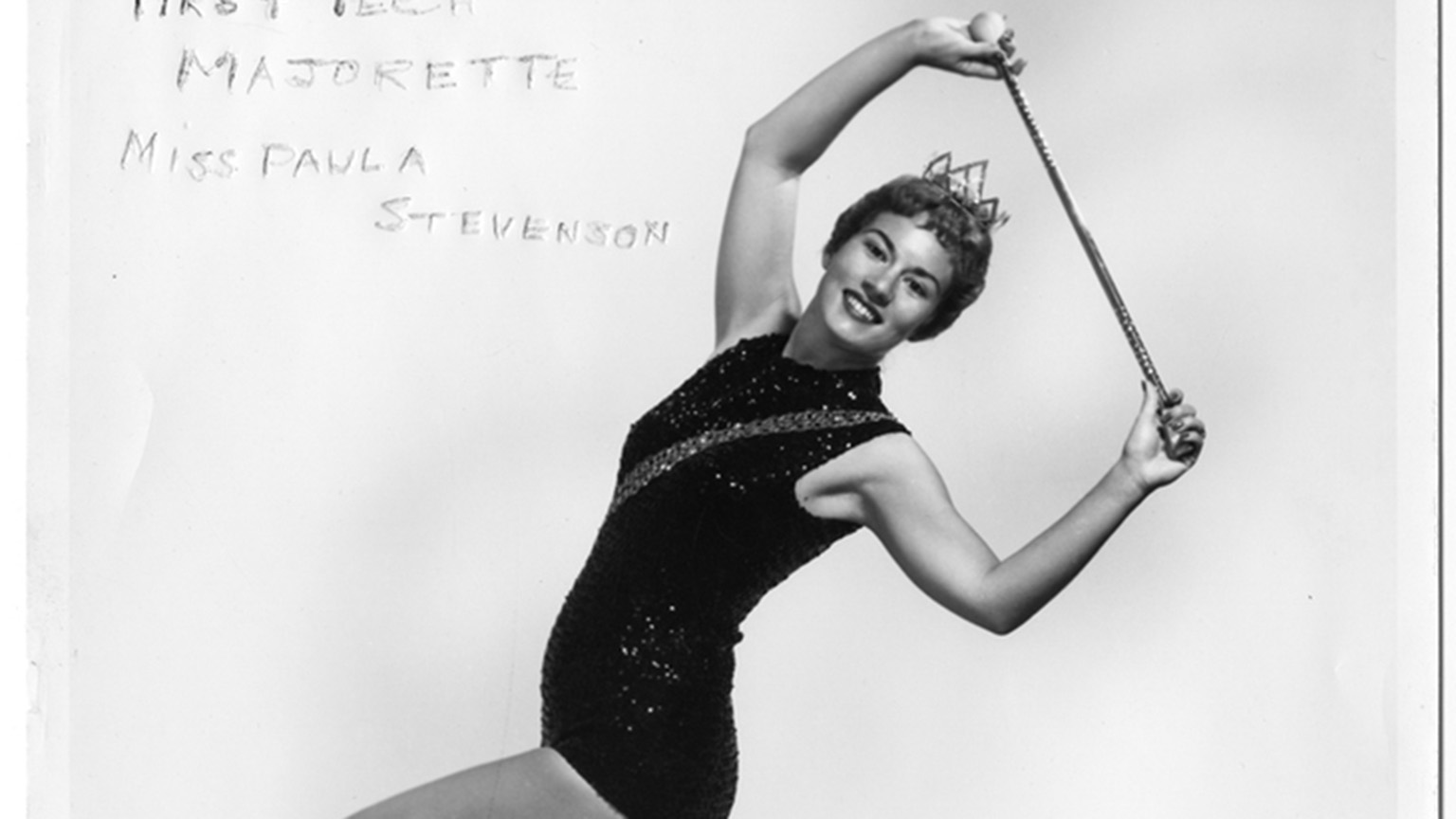
The first permanent home of the band was established at the old Church of God building on the corner of Hemphill Avenue and Ferst Street.
As the number of women in the band increased, the Epsilon Theta chapter of Tau Beta Sigma, national honorary band service sorority, was chartered in 1973.
Ed Bridges, 1975, and Ken “Uncle Kenny” Durham, 1976-1983

Upon Sisk’s retirement, Edward S. Bridges joined the Music Department faculty in the summer of 1975 as Band Director and Head of the Music Department. Also in 1975, the Music Department moved to its current home in the Couch Building, a former elementary school. Following tensions and controversy between Bridges and band students, he stepped down as director and was replaced by Assistant Director Ken Durham.
Durham was hired as assistant band director in the fall of 1975 and became Director of Bands the following year, serving until 1983. Durham was given the nickname “Uncle Kenny” during his time at Georgia Tech due, in part, to the fact that he organized an annual Thanksgiving celebration for those band students who were unable to go home for the holiday.
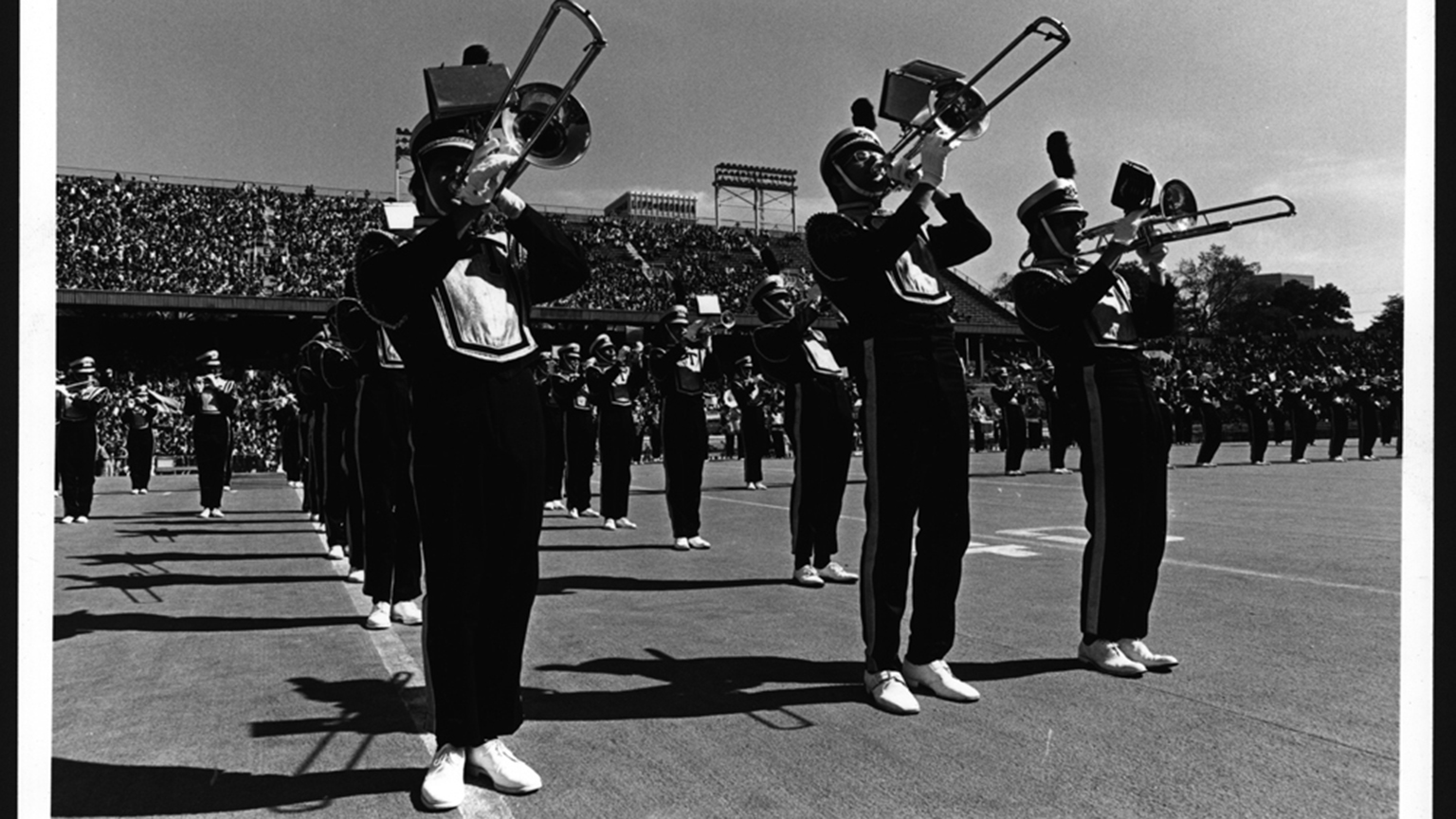
During this time under Durham, staffing and opportunities grew:
Don Eubanks joined the band program in 1975 as an assistant director of the Marching Band and later the director of the Basketball Band. The Jazz Ensemble was founded in 1977.
Ron Mendola was hired as director of the Jazz Ensemble in 1979 and continued to direct it until 2011. The Georgia Tech Band Alumni Association (GTBAA) was founded in 1979.
The Music Department entered a new era of growth in the 1980s with the addition of the Symphonic Band and the Orchestra as well as several new music history and music technology classes. Durham stepped down as director in 1983 due to an increasing commitment at his other job in the finance industry.
“Bucky” Johnson, 1983-2002

James G. “Bucky” Johnson, a graduate of the University[sic] of Georgia, was hired in 1983 as Tech’s first full-time band director. To help manage the expansion and improvement in the bands, Carlisle Dent joined the staff as an assistant director in 1988.
Following the undefeated 1990 football season, the band traveled to Orlando, Florida, as Georgia Tech defeated Nebraska in the Citrus Bowl for the national title. The band also marched in a parade at Disney World, and the taped performance was part of the 1991 Walt Disney Christmas Parade televised the following December.
Andrea Strauss was hired in 1992 to assist with the band program and teach music theory classes upon the departure of Dent. Chris Moore was hired as an assistant band director and leader of the Percussion Ensemble in 1995. Under his direction, the percussion program at Tech began to flourish.
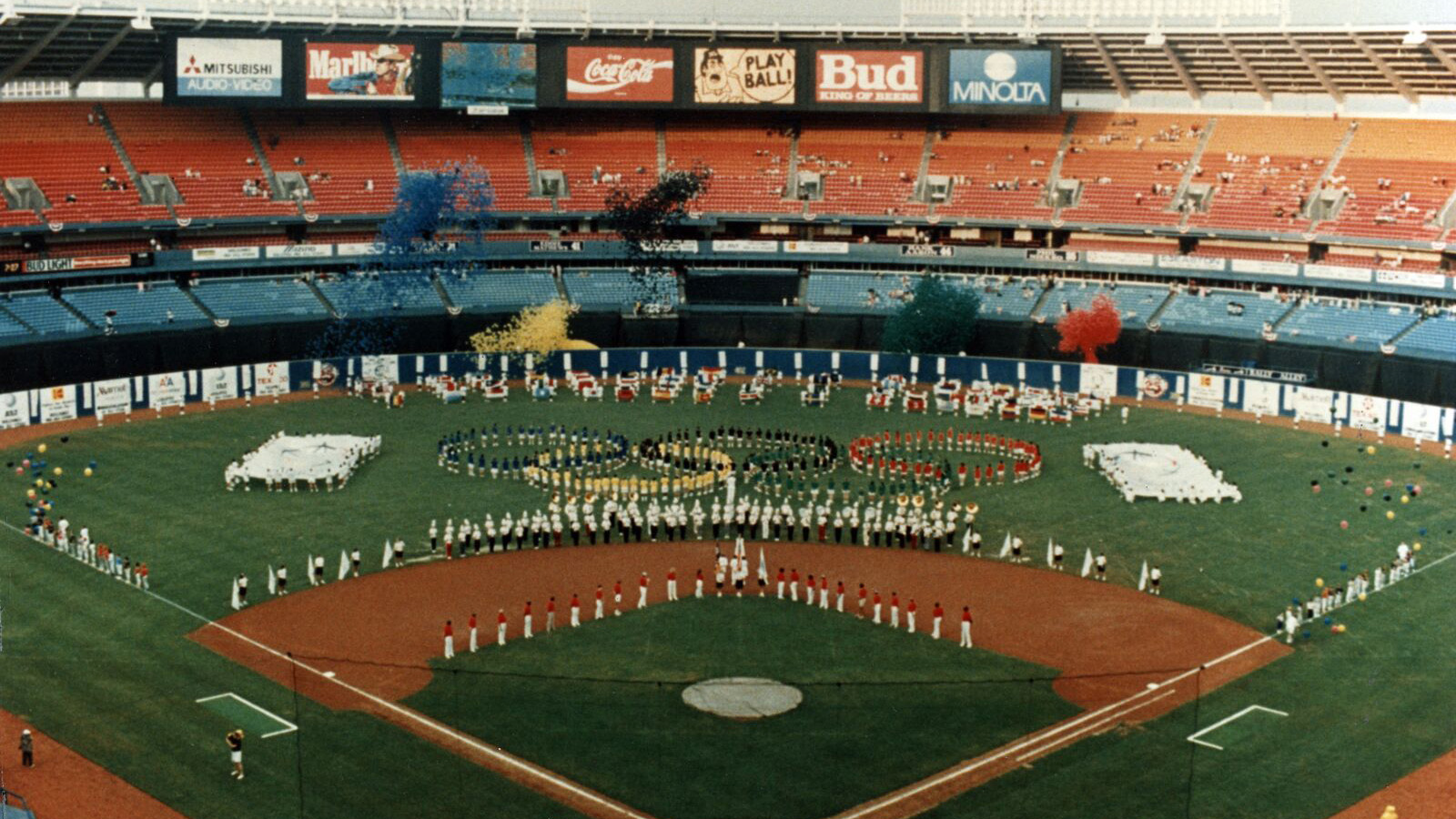
As Atlanta bid for, and eventually won, the 1996 Olympic Games, the band would dress in Olympic colors and play to greet dignitaries visiting the campus. A student remarked, “We seem to be the band on call 24 hours a day, 7 days a week.”
The band marched in the parade celebrating Atlanta’s selection as host of the Olympics. Leading up to the Games, Bucky Johnson was the director of the Atlanta Olympic Band in addition to being the director of the Georgia Tech Band. Chris Moore served alongside Johnson as assistant director and staff arranger of the Olympic Band.
Andrea Strauss, 2002-2008

Following Johnson’s retirement in 2002, Andrea Strauss was promoted to Director of Bands and Chris Moore was promoted to Director of Athletic Bands. The growth and vigor of the bands at Tech expanded rapidly at this time. In 2001, the Marching and Symphonic Bands traveled to Dublin, Ireland, to perform in the St. Patrick’s Day festivities. The first decade of the new century saw the band perform in such notable venues as the Shanghai Chamber Music Festival in 2006, and do a performance tour of Sydney and surrounding New South Wales, Australia, in 2007.
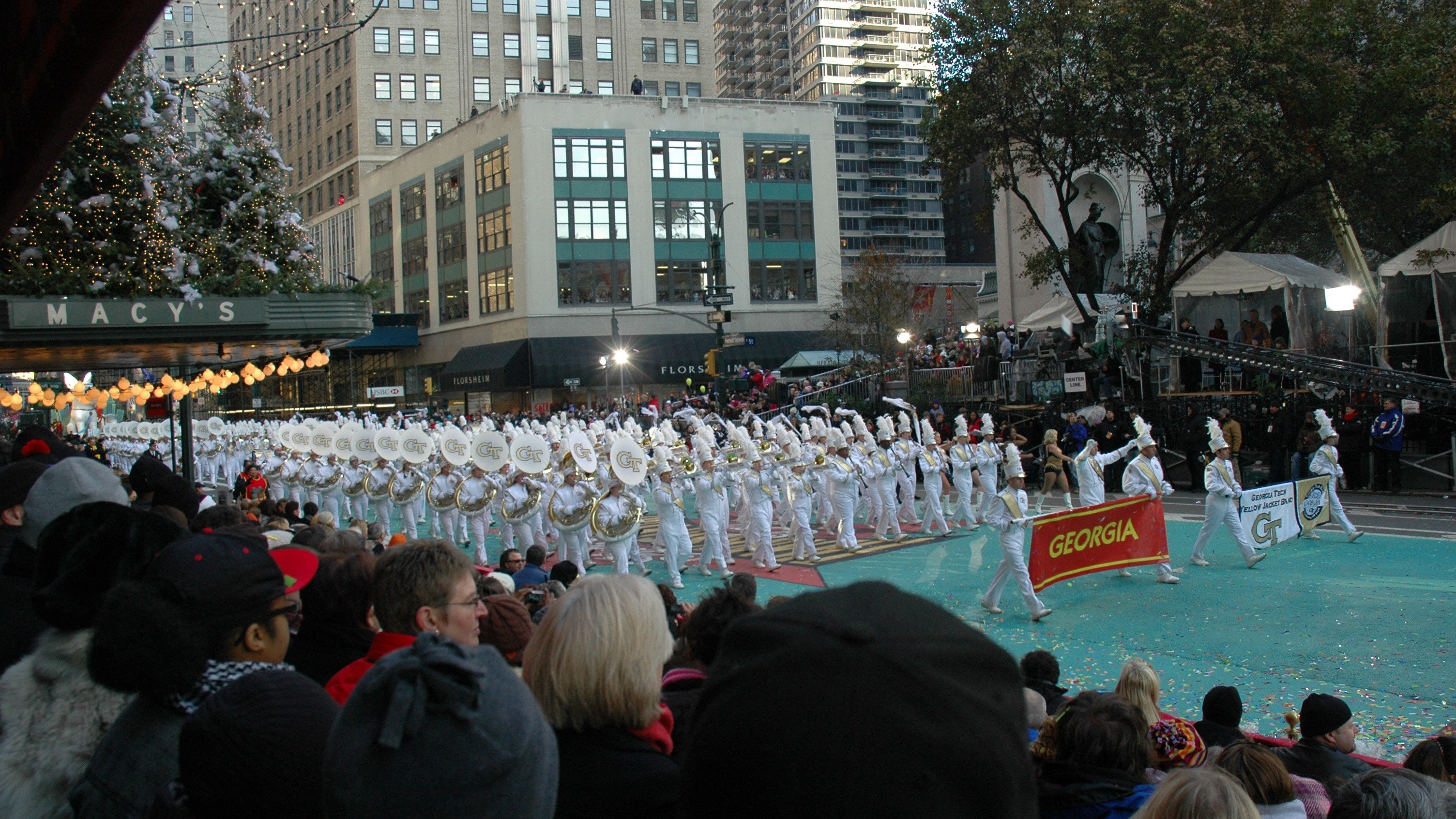
The Georgia Tech Bands celebrated their Centennial in 2008 in a number of ways. The Marching Band participated in the Macy’s Thanksgiving Day parade in New York City in 2008 to cap off a celebration of 100 years of band at Georgia Tech. The band also wore special polo shirts and RAT Caps embroidered with a commemorative centennial logo. In the fall, the Wind Ensemble premiered a new work by renowned composer Julie Giroux, titled Hard Drive, which was commissioned by the Iota Chapter of Kappa Kappa Psi.
Chris Moore, 2008-Present
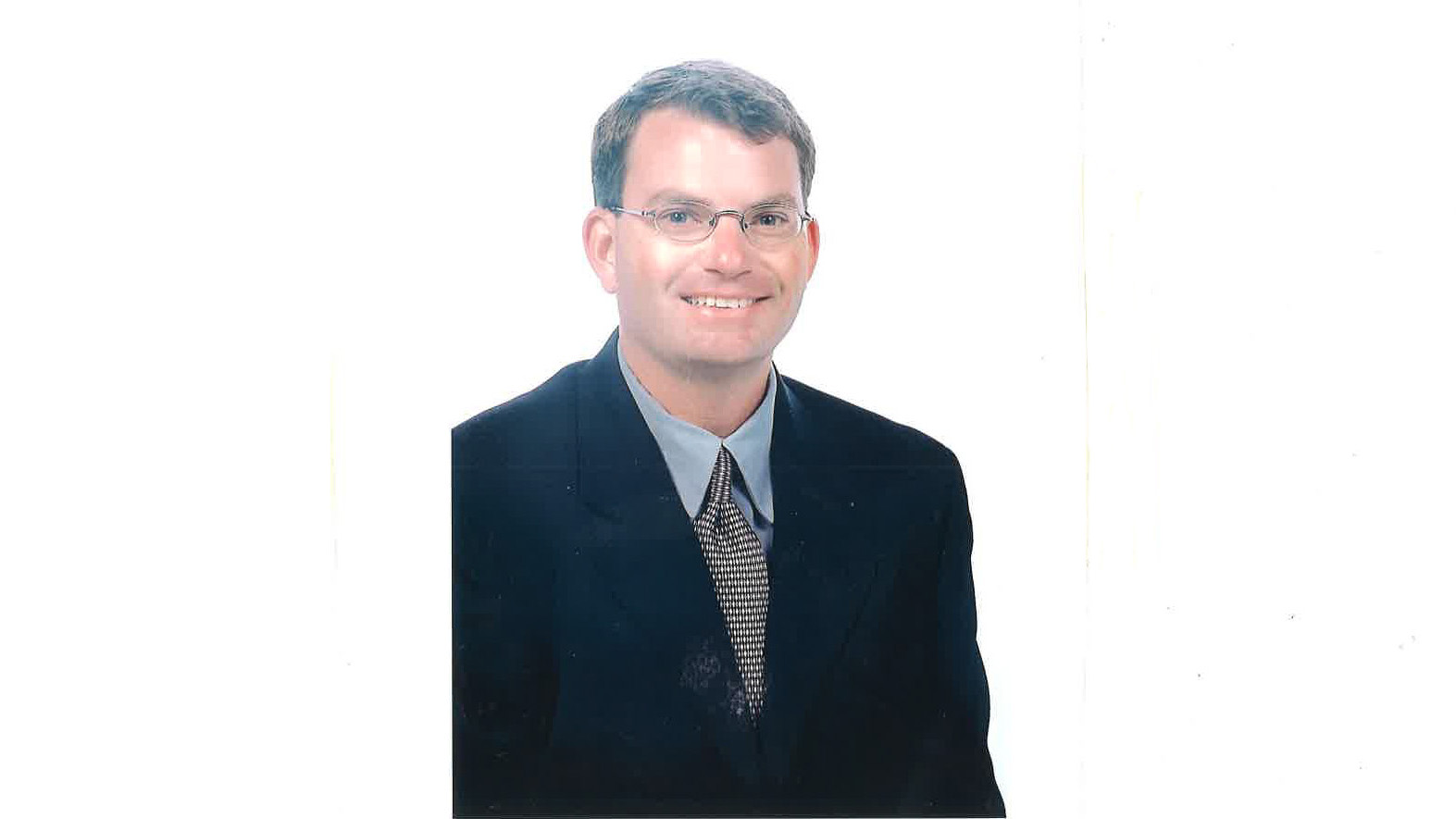
After the departure of Strauss, Christopher J. Moore continued as Director of Athletic Bands. He is also Coordinator of Percussion Studies at Tech, as well as Director of the Atlanta Falcons Drumline and the Spirit of Atlanta Drum Corps. During this time, Donny Allen served as Associate Director of Bands and Director of Symphonic Band, and B.J. Diden joining the music faculty in 2008 as an Assistant Director of Bands.
When Allen left for the University of Central Florida, Andrea “Doc” Brown joined the band as assistant director of bands in 2010 and Diden became Director of the Symphonic Band. Brown left the Institute in 2013 for the University of Michigan, but remains beloved by her former students many years later.
Brandon Houghtalen followed Brown as an Assistant Director of Bands in 2013, before leaving the following year for Abilene Christian University. Cameron L. “Chip” Crotts was hired in 2011 as Assistant Director of Bands and Director of Jazz Studies. Under his leadership, the Jazz Studies Program has flourished, including to two full jazz ensembles and a collection of small combos.
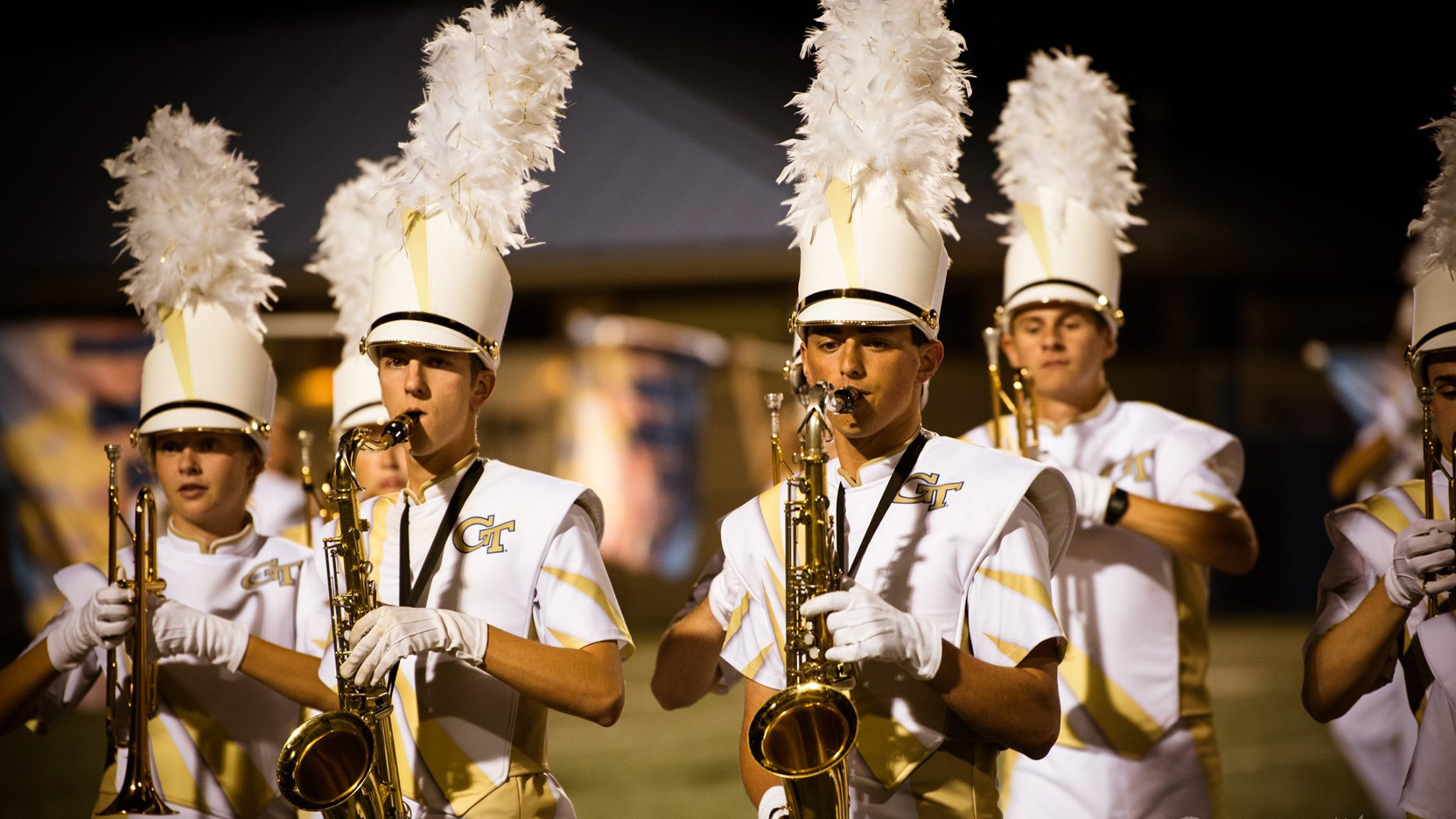
The first decade of its second century saw the Band grow in size and scope. The 2016 season saw the largest Yellow Jacket Marching Band in history, with 378 members. In the same year, Georgia Tech was approved by the University System of Georgia Board of Regents for its first undergraduate music major, the Bachelor of Science in Music Technology.
With it, a new ensemble was born: an electronic music group called the Techlectric Light Orchestra. The music technology program has also influenced the Yellow Jacket Marching Band under Chris Moore, with synthesizers and samplers integrated into the pit percussion.
The Georgia Tech Band program now encompasses a thriving group of musicians across multiple disciplines, including athletic, concert, orchestral, jazz, and electronic ensembles. The Band has been enriching the lives of Georgia Tech students for more than a century, and will continue to do so into the future.
Questions?
Contact Us